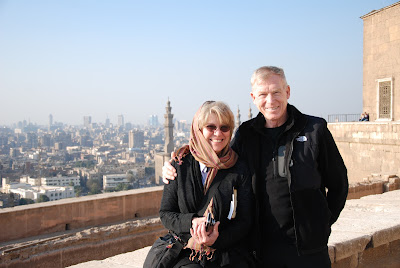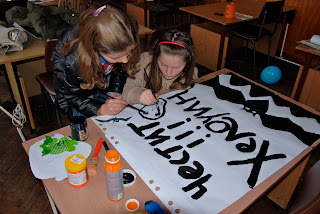I clearly did not know what I was talking about when I titled my last post. It’s waaay colder in Bulgaria right now. Like super super cold. After we were slammed with a snow storm last week (two feet in Chiprovtsi in two days, major highways shut down, and emergency zones declared for much of the country), a “Siberian Cold Front” moved in with temperatures not forecasted to get above freezing for as far as the 10 day forecast goes. This morning, around 11 am, the temperature was minus 11 degrees Farenheit, windchill was minus 25. Schools are closed and people are staying indoors. Even the international news has paid attention (48 people have died from exposure related causes across Eastern Europe in the past few days). I’m staying warm-ish, but despite letting my pipes drip, they froze overnight. Not that I would have taken a shower anyways as my shower room is not heated. I sleep/live in my kitchen and it’s the only room I keep heated. The rest of my apartment is pretty cold… the distilled water I keep in my living room froze last night. If it gets too bad, I'll go stay with one of my friends in town with a wood stove, but for now I'm enjoying an excuse to make lots of hot chocolate and eat bowls of semi-heated cookie dough/other baked care package comfort foods.
In other news, I had a good week last week and a fantastic weekend. Spelling Bee, adult English, scouts-all went well and Chiprovtsi really does look breathtaking after a blizzard. On Friday, I went to Sofia to meet a group of volunteers to celebrate one of their birthdays. We sang karaoke (Neysa and I did a Bulgarian song-so funny and so terrible; the other PCVs who sang were all super talented and wonderful, we had a lot of heart…), ate amazing food, attended a music festival, went shopping, watched youtube clips of Toddlers and Tiaras, and bought a day pass to a gym (using an elliptical machine and showering in a warm…don’t have words to describe how great this was). Love my fellow PCVs!
 |
| Neysa and I singing "Taka Me Kefish" |
















































